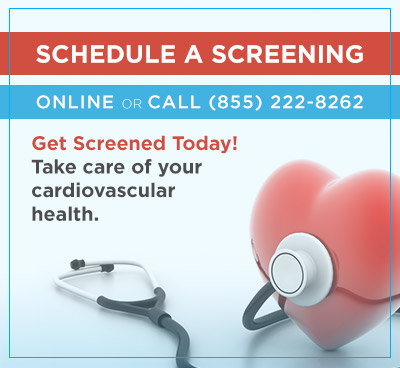Biventricular Implantable Cardioverter Defibrillator (ICD)
The circulatory system, which has three primary components — the heart, blood, and blood vessels — is like a superhighway: it reaches all parts of your body, bringing nutrients and oxygen to cells, then hauling away waste and carbon dioxide. If you’re like the average person, it beats more than 103,000 times a day; that’s almost 380 million times a year and around 3.5 billion beats in a long-lived lifetime. Every day, the heart pumps around 2,000 gallons of blood. Your heart has four chambers: the upper chambers are called the left and right atria; the bottom, the left and right ventricles. The left ventricle is the largest and strongest chamber, because its job is to push blood through the aortic valve and into the body. The heart has an electrical system that enables the atria and ventricles to pump in sync.
Biventricular Heart Failure
There are a number of heart conditions that can damage your heart muscle, including coronary artery disease, which decreases blood flow to the heart muscle; a heart attack, which occurs when a coronary artery becomes blocked, stopping the flow of blood to the heart muscle; and cardiomyopathy, damage caused by factors other than artery or blood flow problems. These three conditions could potentially lead to heart failure.
Biventricular Pacemaker
One treatment for heart failure is a biventricular pacemaker and implantable cardioverter defibrillator (ICD) — sometimes called a biventricular ICD. The device — small, lightweight, and battery-operated — helps keep your heart pumping normally. The pacemaker part prevents the heart from beating too slowly and improves synchronization by emitting regular signals. The ICD part of the device stops dangerously fast heartbeats. Should the device detect an unusually fast heartbeat, it will send a shock to the heart that stops the fast rhythm and restores a normal heartbeat.
Biventricular Pacing
Prior to the procedure, an intravenous (IV) line will be placed in your hand or arm to deliver fluids and medications. You will receive local anesthetic to numb the skin on your chest where the incision will be made to implant the biventricular ICD and IV medication to keep you relaxed during the procedure. The incision is typically made on the left side of your chest under the collarbone, where the doctor creates a small pocket for the device under the skin. Using x-ray monitors, your doctor guides the biventricular ICD’s wires through a vein to the heart, then into each ventricle. A lead may also be placed in the right atrium. The generator is then attached to the leads. Once everything is connected, the doctor will test the device by sending impulses through the leads, which may cause your heart to race. If working properly, the generator is positioned in the pocket under the skin and the incision is closed with stitches, surgical glue, or staples, and then bandaged.
Post Surgery & Recovering
After surgery, you will be taken to a recovery area. If you experience discomfort or pain, the nurse can give you pain medication. It is important to let your nurse know if you are experiencing chest pain, shortness of breath, twitching, or hiccups. Most patients will spend the night in the hospital for observation. Since you’ll still be recovering, you’ll need to have a friend or relative drive you home once you’re released, and you’ll need to follow the after-procedure instructions your doctor gives you. These typically include not raising your arm above your shoulder on the side of your incision until cleared by your doctor so the wires become secured inside your heart; avoiding baths, hot tubs, Jacuzzis, or swimming for at least a week; and checking your incision daily for signs of infection, including redness, swelling, pain, or drainage. Also, clear it with your doctor before exercising or doing any activity that has a lot of arm movement, such as tennis or bowling.
Biventricular Health Warning
People with a biventricular ICD must keep a distance from MRI machines and hand-held security wands, which contain strong magnets, as well as anything with a strong magnetic field, like radio transmitting towers and high-powered electrical equipment. You’ll be provided a medical card that will let you avoid metal detectors in public places like airports and courthouses. You will periodically have to replace the generator’s battery in a procedure similar to the original implantation but less involved and less time-consuming. Call your doctor immediately if you experience any sign of infection, bleeding at the incision site, swollen arms or hands on the side of the incision, sudden weight gain, muscle twitching in the chest or abdomen, frequent bouts of hiccups, a shock from the device, or an extended rapid heartbeat. If you have chest pain or trouble breathing, call 911.


